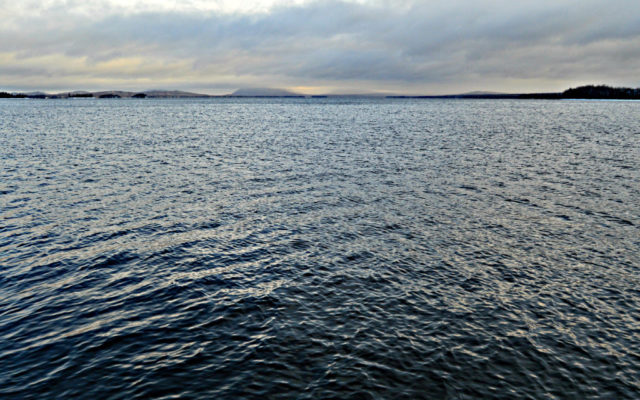
Moosehead Lake fishing report
Nothing conjures up visions of the Maine wilderness experience like mentioning Allagash Lake. It’s a special place for many of us. I made my first trek to this remote lake with my uncle while I was in high school. We put our canoe in the water at the Chesuncook boat launch amidst a massive thunderstorm rolling down the lake. Over the course of the week, we made our way north to Caucomgomoc Lake then over to Round Pond. We had to make two trips to get all our gear across the portage to Allagash Lake. We were temporarily delayed by a moose feeding in the trail. She refused to yield to the likes of us. We camped for a couple days on the shore of Allagash Lake and never saw another soul. I don’t recall even hearing vehicles. It was awe-inspiring for this kid from southern Maine. I do recall burning the heel off my sneaker while trying to dry it over the open fire. I had to tie it around my heel with some string for the rest of the trip. I must have looked a real pip in my redneck flip flops. Memories from a trip to Allagash Lake will surely last a lifetime.
Allagash Lake and the other waters in the drainage are managed and monitored by the Allagash Wilderness Waterway. They have done an outstanding job keeping this lake in its natural state. IFW manages the fisheries in the lake and we work in close coordination with the Waterway staff. Allagash Lake is not immune to dramatic changes in the fisheries despite its remote location. We have seen angler participation decline in many waters around the state, including Allagash Lake. Low angler use and low harvest is a double-edge sword. It can result in fish living older, but if forage is not available and natural reproduction is high, then these older fish won’t grow. This has been the case with lake trout in Allagash Lake and many other waters around the state.
We have conducted use estimates periodically at Allagash Lake since the 1980s. In general, we would see 500-600 days of fishing in the winter. Most of these estimates took place during the period when the lake was only open in the month of February. Our most recent creel survey was made in 2013 and use was about half of the historic average. We attempted to collect data from anglers on the lake in the winter, but we saw so few people fishing that we could not get a sufficient sample size.
This fall the fisheries staff from the Ashland office trapnetted lake trout off their spawning shoals in Allagash Lake for a transfer to nearby Crescent Pond where the native lake trout were in very low abundance. The crew had no trouble collecting the fish but they were in very poor shape.
We will be reviewing the situation at Allagash Lake this spring. Clearly, forage in the lake is low, likely a result of the lack of harvest of lake trout. We have some pretty conservative regulations at Allagash Lake and we might examine strategies to encourage more harvest in the future and hopefully restore the forage base.